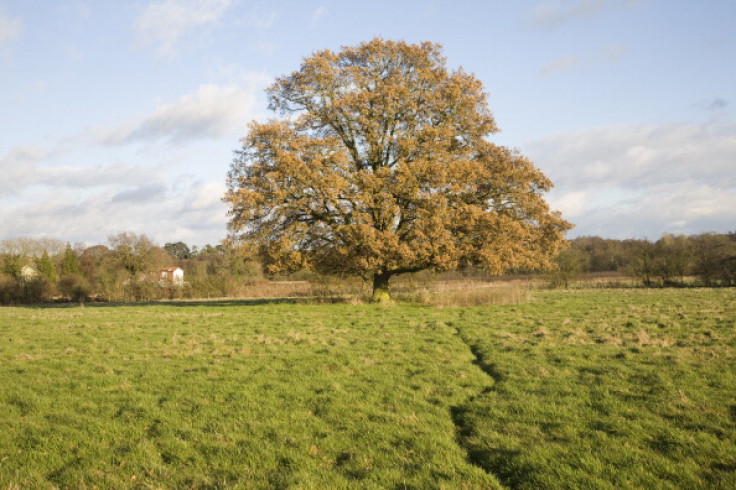UK: Light pollution causing spring to arrive over a week early
Earlier arrival of spring has potential to disrupt animal and plant species, scientists warn.
Light pollution may cause spring to arrive earlier than usual in the UK, scientists have said. In the 'brightest' parts of the country, trees such as sycamores and oaks develop their leaves around a week before those in 'darker' regions.
The study, published in the journal Proceedings of the Royal Society B, correlates satellite images of artificial lighting with data from across the UK about the evolution and growth of vegetation.
The scientists discovered that artificial lighting could have effects on seasonal cycles, potentially accelerating bud bursting.
Citizen scientists
The research is based on data collected by citizen scientists from across the UK, after the Woodland Trust asked them to note down when they first saw sycamore, oak, ash and beech trees in leaf.
The researchers from the University of Exeter compared these findings to satellite images of artificial lighting.
They found that buds were bursting by up to 7.5 days earlier in brighter areas. This effect was much larger and more impressive in late budding trees.

This phenomenon can have a number of consequences on the ecosystem as a whole. Early bud bursting may have a cascade effect on other animals. The proliferation of the winter moth for example – which feeds on fresh emerging oak leaves – may be required to change its own life cycle to avoid being affected. This can in turn have some effect on birds in the food chain that rely on the moth for food.
Plants also can be disrupted in their growth. "Our finding that the timing of bud burst of woodland tree species may be affected by light pollution suggests that smaller plants growing below the height of street lights are even more likely to be affected," says one of the study's author, Professor Richard ffrench-Constant. "Such results highlight the need to carry out experimental investigation into the impact of artificial night-time lighting on species interactions."
Such research is on the agenda for the scientists and they also plan to investigate the impact of different light quality and the specific wavelengths of light generated by different lighting types.
© Copyright IBTimes 2024. All rights reserved.






